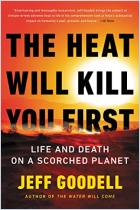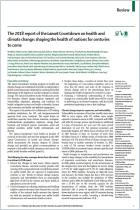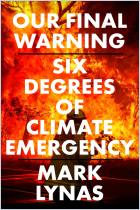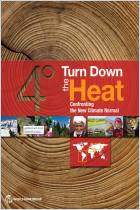With hot temperatures setting records worldwide, Allyson Chu of The Washington Post steps up to tell you how to stay safe. First, learn the signs of dehydration, heat exhaustion and heat stroke. If you get dehydrated, you may experience muscle cramps or spasms. Drink water or electrolyte beverages and keep salty snacks on hand. If you don’t treat overheating, you could experience heat exhaustion, where you sweat profusely and feel dizzy, queasy and fatigued. Get to a cooler environment and soak yourself with water. If you stop sweating, become confused or have seizures, immerse in water and call emergency services. As Chu reports, you can live with the heat, but you have to take it seriously.
Extreme temperature is the new weather risk, so learn the signs of heat exhaustion and heat stroke.
With extreme temperatures worldwide and more “dangerous” heat to come, it’s important to learn how to take care of yourself and others in hot temperatures. The trend toward hotter weather means everyone needs to reconsider the risk of being outdoors in high temperatures. Learning the signs of heat stroke and heat exhaustion can help keep you safe.
The definition of “extreme heat” is relative to where you live and whether you’re acclimated to very warm weather. The US Center for Disease Control and Prevention (CDC) defines it as “summertime temperatures that are much hotter and/or humid than average.”
Heat can cause your body to dehydrate resulting in muscle pain or spasms known as heat cramps. Heat exhaustion can follow if you don’t intervene. Symptoms of severe dehydration include dry skin, fast heartbeat, quick breathing, feeling dizzy or confused, and...


















Comment on this summary or Comenzar discusión